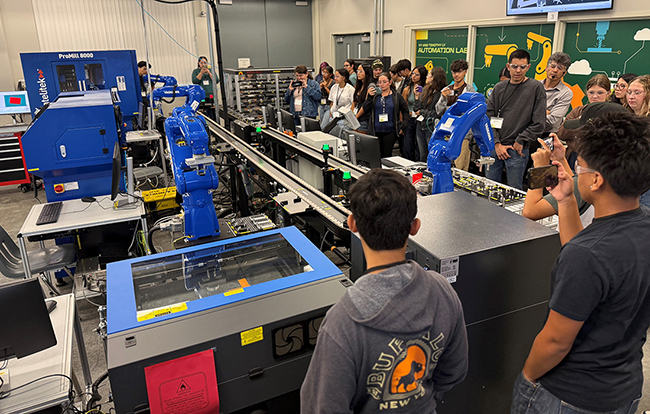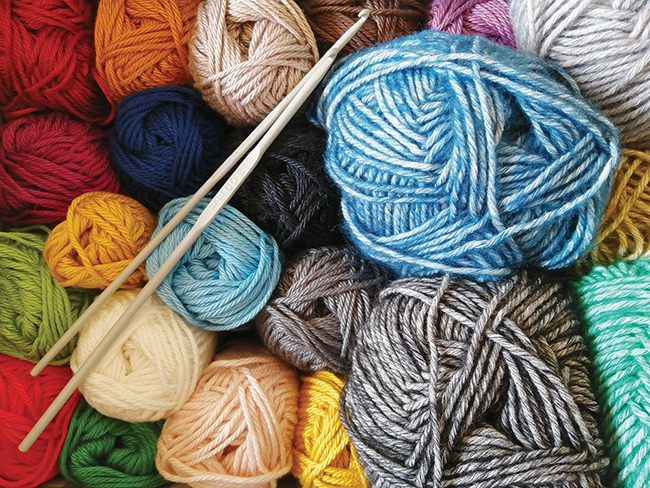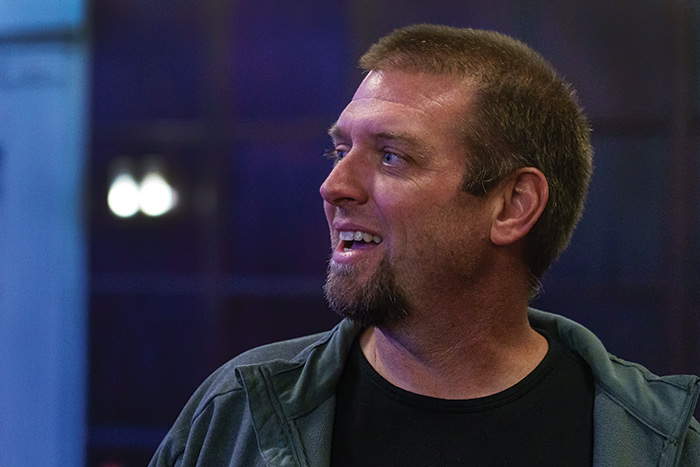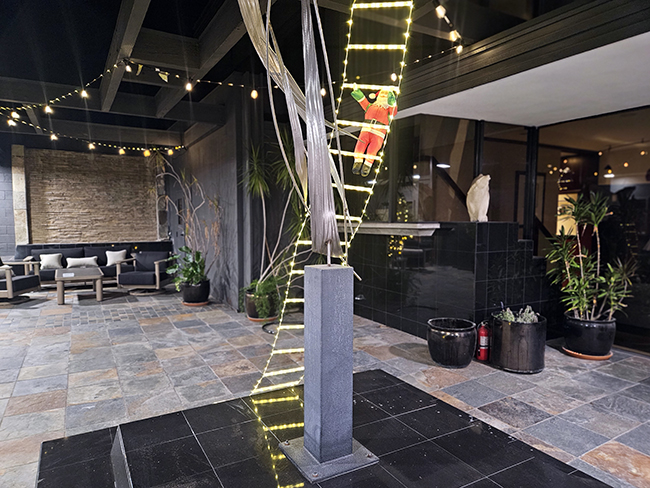Author’s book focuses on how death is part of life
If Maria Dancing Heart Hoaglund has one message to offer, it is this: Death is nothing to be afraid of. It’s a conclusion she has reached through personal experience, through years as a hospice worker and through countless hours contemplating a phenomenon that many people would rather ignore.
Americans tend to treat dying as an unnatural occurrence as opposed to something we will all eventually face, Ms. Hoaglund said. Often when someone is terminally ill, their loved ones feel uncomfortable addressing the elephant in the room—that the person is on the brink of death.
“People tiptoe around it,” she said. “I would say sometimes the dying are dying to talk about death.”
Ms. Hoaglund, who was set to speak on Thursday at the Village Grille about “Making Friends with the Last Adventure of Life,” has written a book intended to help people who are dying and people who are poised to lose someone they love deal with a transition that is as daunting as it is inevitable. Her book, The Last Adventure of Life: Inspiring Approaches to Living and Dying, is available for purchase at Buddhamouse Emporium, 134 Yale Ave. in Claremont.
Her book explains the concept of hospice, care during the last weeks and months of a person’s life that is aimed at physical and emotional comfort rather than at treatment of a condition that has progressed too far to heal.
The book gives advice on how to connect in a meaningful way with a person who is dying and to help provide as much joy as possible during their waning days. Small pleasures can really help lift someone’s spirits, even when they are on their deathbed.
“So often at the end of life, people aren’t eating. The family wants to feed them,” she said. “You can feed their senses with music, touch and scent. Many spiritual counselors do nails for loved ones or rub their feet.” Watching a comedy, telling a joke or even engaging in some black humor about someone’s deteriorating condition can also be in order.
“I’d say humor is very important, certainly for patients and family. [Hospice] workers need comic relief too to put everything in perspective,” she said. “People do take the end of life pretty seriously.”
When you are helping to care for someone who is dying, it’s important to remember to care for yourself as well, Ms. Hoaglund asserts.
“You take on a lot of other emotions without even thinking about it,” she said.
Whatever your religion or spiritual orientation, prayer as well as a conviction there is something after death—that we don’t just stop cold when our heart ceases to beat—can help take much of the terror out of death.
In The Last Adventure of Life, Ms. Hoaglund offers inspiration and prayers from many sources. She also has accounts from people she has worked with who have experienced insights, dreams and visions that have reassured them that the person whose death they are grieving is very much present and very much at peace.
If you are squeamish about death, it might help to look to the traditions of other cultures. Rather than avoiding the subject, it is traditional among some Native American tribes to dedicate the three days before and after someone’s death as a time to visit, for some respectful quiet and a period in which to honor the spirit.
Author’s book focuses on how death is part of life
The Mexican culture also does a good job of facing death with, strange as it may sound, festivity. During the annual Day of the Dead celebration, people build colorful altars honoring the deceased and in some cases picnic right next to a loved one’s grave. They tidy up the burial site and give offerings of food, drink, flowers, candles and items meant to please the spirits who are believed to make an el Dia de los Muertos visit.
Ms. Hoaglund, who lives in Sedona, is an attractive woman, with long gray hair and a serene smile. She wears long skirts and crystal jewelry, garb that—pardon the stereotype—denotes a New Age approach to spirituality.
While metaphysics has become an increasing focus for Ms. Hoaglund, it has been a long journey from her straight-laced upbringing in the Lutheran Church to entertaining metaphysical ideas such as discarnate souls, energy healing and a recent boom in the birth of highly gifted, highly sensitive Indigo Children.
Ms. Hoaglund had worked for 10 years as a parish minister in the United Church of Christ. When the joy went out of her work, she began questioning her path and engaging in introspective activities such as meditation. One day, a single word came to her: hospice. Whether it was a subconscious message or a telegraph from the universe, she took the cue and became a hospice worker.
Her mother’s death prepared her somewhat for the sense of loss that accompanies death and for the physical aspects of the process. Her mother took great pleasure in the quality time she spent with her daughter and the rest of her family in those final days, making the experience rewarding as well as difficult.
“Nothing was horrific,” she said. “It was very peaceful and gradual.”
Even in the case of a sudden or ugly death, Ms. Hoaglund says a person’s final breath is as much a part of life as their first. She firmly believes that there is an afterlife. And she is convinced that dying has its own sacredness.
At such a time, “most people reflect on the true meaning in life, which brings out their beauty and strength. It is a time of deep connections.”
—Sarah Torribio
storribio@claremont-courier.com










0 Comments